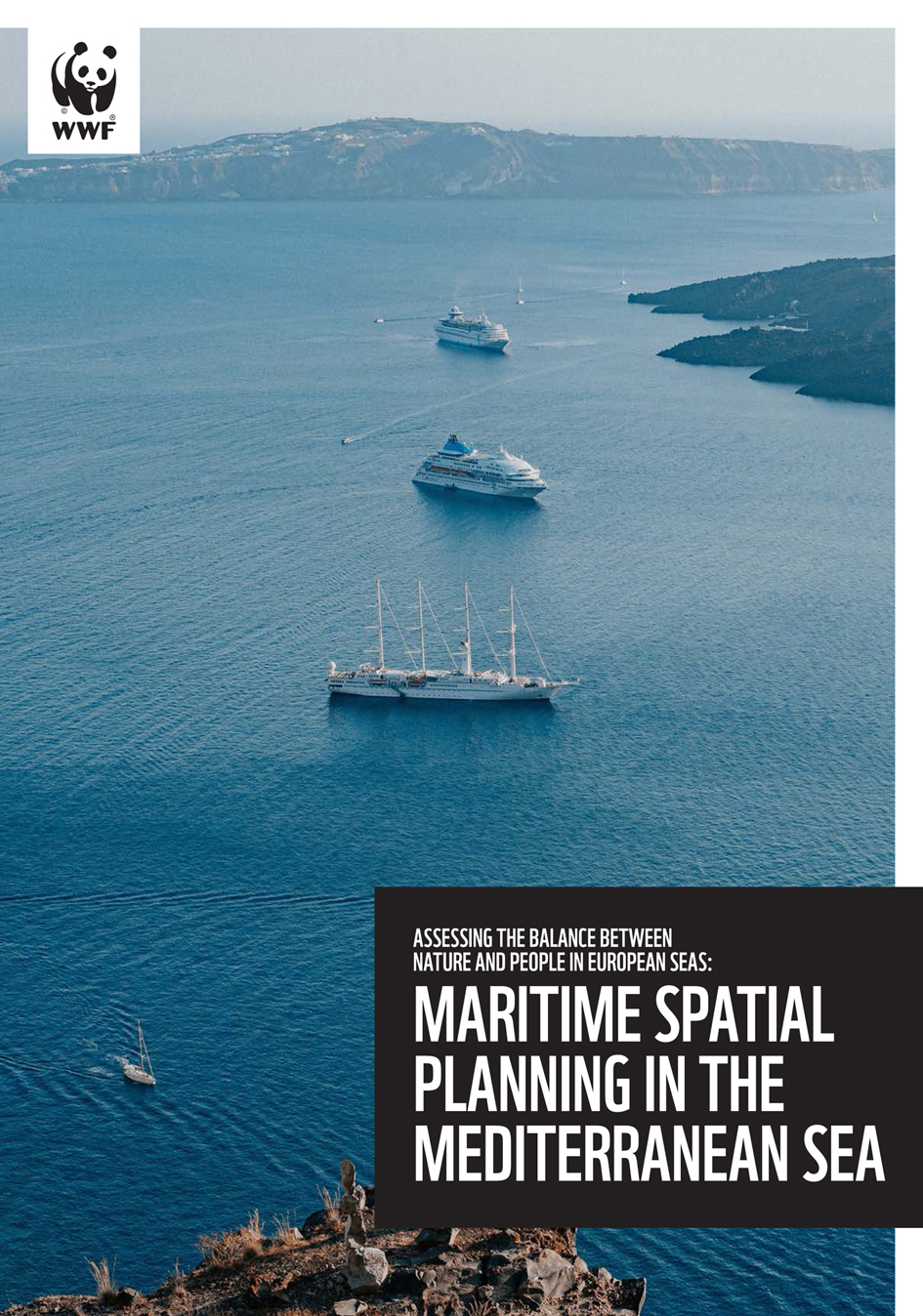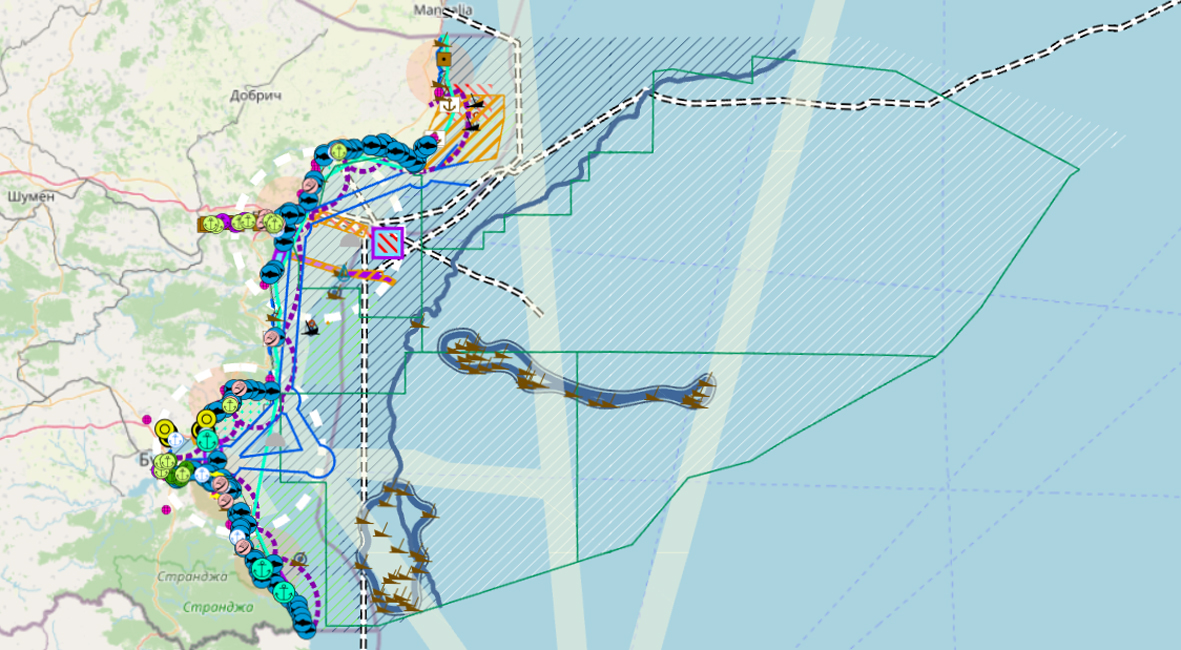News
BLUE CARBON HANDBOOK: NATURE-BASED SOLUTIONS FOR CLIMATE ACTION AND SUSTAINABLE DEVELOPMENT

With the urgent need for accelerated climate action to halt the worst impacts of climate change, the world’s coastlines offer a natural solution in ‘blue carbon’ ecosystems that can have an immediate impact.
Blue carbon ecosystems such as mangrove forests, seagrass beds and tidal marshes are vital natural assets. Their importance in helping to mitigate climate change is, on its own, a strong argument for their active protection and conservation. Yet, these ecosystems also provide a myriad of other local and global benefits such as enhancing biodiversity, supporting the food and economic security of coastal communities, and buffering and protecting coasts from erosion and flooding, reinforcing their wider importance for sustainable development.
While global interest in blue carbon is rising, the full potential of this nature-based solution for delivering on the ambitions of the Paris Agreement, the Kunming-Montreal Global Biodiversity Framework, and a sustainable ocean economy is not yet being realised. Meanwhile these ecosystems continue to be destroyed and degraded worldwide.
MSP-GREEN FIRST NEWSLETTER PUBLISHED!

Discover latest insights, reflections and take-home-messages on the already carried and upcoming MSP-GREEN project events and activities!
Introducing the project and its consortium
Covering 5 European sea basins - The Baltic sea, the North Sea, the Mediterranean,The Black sea and the Atlantic Ocean, the MSP-GREEN project contributes to align maritime spatial plans (MSPs) to the ambition of the European Green Deal(EGD). The framework aims to provide a cross-cutting approach to the EGD keytopics relevant for marine environment and sustainable transition of blue economy: (1) climate change, (2) circular blue economy, (3) marine biodiversity, (4) marinerenewable energy, (5) sustainable food provision. Co-funded by the European Maritime, Fisheries and Aquaculture Fund, the MSP-GREEN project gathers partners from Italy, Spain, France, Latvia, Finland, Bulgariaand Germany. Partners are: CORILA (Coordinator), CNR-ISMAR, IUAV (IT), CEREMA, IFEMER, UBO (FR), IEO (CSIC)(SP), MoEPRD (LV), RCSW (FI) and CCMS (BG). Associated Partners: VASAB and BSH (DE).

A new WWF assessment of MSP in the EU Mediterranean published!

National maritime plans are misaligned within and across borders, fail to account for climate change, and are off track to achieve renewable energy and marine protection targets.
A new WWF assessment of maritime spatial planning (MSP) in the EU Mediterranean reveals the region is significantly lagging behind in applying an ecosystem-based approach to the long-term management of the basin.
Read more: A new WWF assessment of MSP in the EU Mediterranean published!
The government approved the Maritime Spatial Plan of the Republic of Bulgaria 2021-2035

The Council of Ministers approved the draft Maritime Spatial Plan of the Republic of Bulgaria with a time horizon until 2035. With the approval of the Maritime Spatial Plan, Bulgaria makes a definite request to join the countries that have complied with their obligation under the Directive 2014/89/EU of the European Parliament and of the Council of July 23, 2014 to establish a framework for maritime spatial planning. The Law on Maritime Spaces and Inland Waterways and Ports of the Republic of Bulgaria stipulates that the document be updated every 10 years. If necessary, this will be done in a shorter period of time.
The plan will make it possible to sustainably use the natural features and resources in the Black Sea maritime space and for the development of economic activities in compliance with environmental protection. It does not foresee a change in the way of permanent use of the coastal territories, as well as investment initiatives or new construction in accordance with the normative framework for territorial planning.
The adoption and implementation of the Maritime Spatial Plan of the Republic of Bulgaria represents a step towards more sustainable use of the Black Sea and its more effective protection.
Congratulations to our colleagues from the Bulgarian Competent MSP Authority (the Ministry of Regional Development and Public Works) and the National Center for Regional Development (MSP planners) for this great achievement and to everyone contributing to make it happen!
